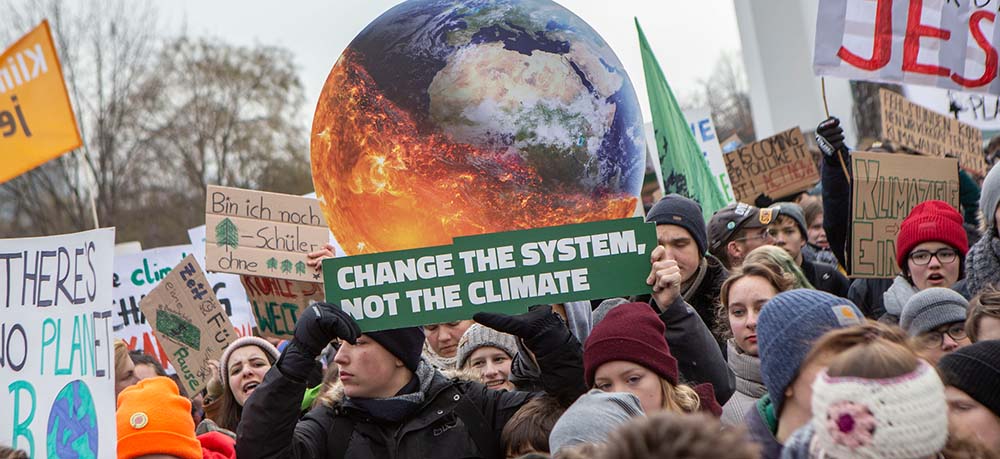One hundred years ago, following the First World War, the new revolutionary government of Germany proposed a world parliament. In a piece published in the German newspaper taz, Jo Leinen and I argued a few days ago that the proposal is a groundbreaking inspiration that should be taken up in the run-up to the 75th anniversary of the United Nations in 2020.
The Versailles Peace Conference
The victorious allies of the First World War created the League of Nations as first world organization entrusted with collective security. The League’s convenant was approved at the Versailles Peace Conference on 28th April 1919.
This is not the place to analyze the League’s many flaws. Legions of historians have produced research on how and why the League failed. It was formally dissolved after the Second World War, six months after the creation of the United Nations on 24th October 1945.
Like the United Nations, the League was an intergovernmental organization with no powers to adopt binding international law. Decisions had to be taken unanimously. The United States never joined and other big powers were members only temporarily.
The German Reich, as one of the parties responsible for the war and one of the losers, was not allowed to participate in the Versailles negotiations. However, following the November Revolution of 1918 and the forced abdication of emperor William II, Germany was on the path to a republic, with a new government in charge. The elections of January 1919, which took place for the first time on the basis of a universal, equal, secret and direct franchise, including for women, resulted in the appointment of Philipp Scheidemann as Prime Minister.
The ‘German draft’ of 23rd April 1919
In order to give their own ideas for a league of nations concrete form, Scheidemann’s cabinet adopted a ‘German draft’ on 23rd April 1919 for the constitution of the league.
One of the key features of the plan was a ‘first world parliament’, made up of elected representatives of individual parliaments of the league’s member states (by contrast to appointed government diplomats). The individual parliaments should be entitled to one representative per one million inhabitants, up to a maximum of ten.
These were regarded as provisional regulations for a first world parliament, which would then – with the assent of a congress of member states – determine its own future composition itself, including the possibility of direct worldwide elections.
According to the draft, the assent of the world parliament would be required, among others, for the ‘creation of universal international legal norms’. Thus, the German draft envisioned a world organization that would be able to adopt binding world law.
With this draft the revolutionary German government reflected proposals of the international peace movement of the time. In March 1919, for instance, over sixty organizations from 22 countries gathered in the Swiss capital Berne for the international conference of ‘League of Nations Societies’. Among other things, the meeting called for ‘an international parliament elected by the peoples’ that ‘should have full prerogatives and legislative powers.’
The Scheidemann cabinet was the first government ever to support and call for the establishment of a world parliament, and to the best of our knowledge remains the only one to have done so to date.
In the face of global problems and challenges in the 21st century, this must change rapidly.
The book A World Parliament: Governance and Democracy in the 21st Century by Jo Leinen and Andreas Bummel elaborates on the history, relevance and implementation of a world parliament.





